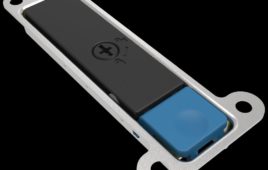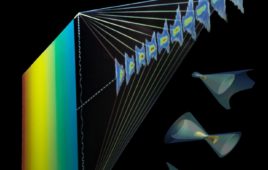Just as the assignment round of the FCC’s ongoing incentive auction is wrapping up, Nokia announced it has successfully placed the first pre-standard LTE call on 600 MHz spectrum.
According to the Finnish company, the call was conducted using existing commercially-available hardware, including Nokia’s LTE eNodeB, and a test end-user device. The trial utilized a 20 MHz chunk of 600 MHz airwaves, with 4 way uplink receive diversity, 4×4 MIMO, and 256 QAM to achieve a maximum throughput of 387 Mbps.
The test comes at the tail end of the FCC’s auction to allocate 600 MHz spectrum for mobile use, which is expected to close its block assignment phase at the end of this month. Nokia said it believes winning bidders will use this spectrum to extend their LTE footprints, and boost both capacity and data speeds.
“We’ve been anticipating the end of the 600 MHz auction, and we haven’t waited. Nokia has been doing the necessary development, testing, and software creation over the last several quarters,” Ricky Corker, head of North America for Nokia, commented. “We are ready to work from day one with those customers who want to bring 600 MHz to market.”
To meet this demand, Nokia said it is working on pre-standard products and solutions within its 4.5G Pro and 4.9G portfolio to serve customers who want to deploy radio electronics this year.
Nokia indicated it expects initial service launches in this band to come in rural areas “due to the large cell size enabled by the low band.” Additionally, the company said the 600 MHz band could be used to improve user experience in urban areas by introducing more capacity and enhancing indoor coverage.
But wireless operators will likely have to wait quite some time to get their hands on the spectrum from the FCC’s auction.
After the close of the assignment phase, the Commission will issue a Closing and Channel Reassignment Public Notice formally wrapping up the proceedings, and providing information on the results of the reverse and forward auctions, including winning stations and bidders, the prices paid, and frequencies won. The notice will also provide a date by which each station must transition off its pre-auction channel.
The expected timeline for that transition, known as repacking, is 39 months.
Filed Under: Telecommunications (spectrums)




